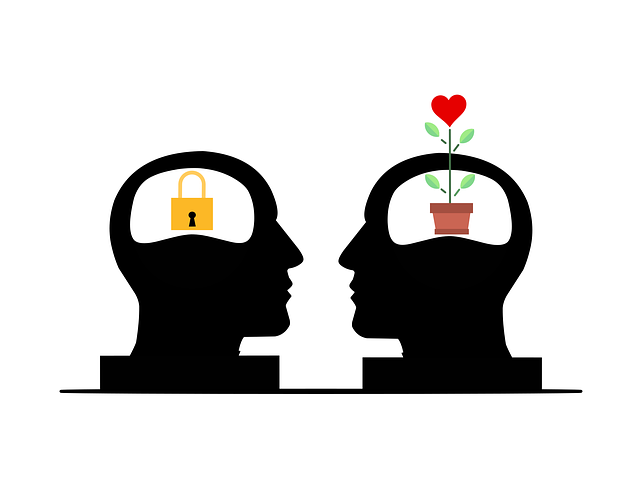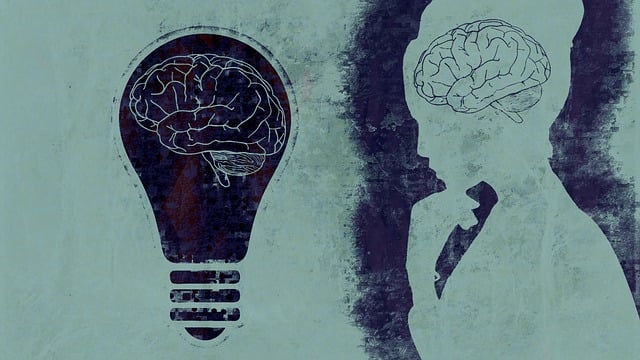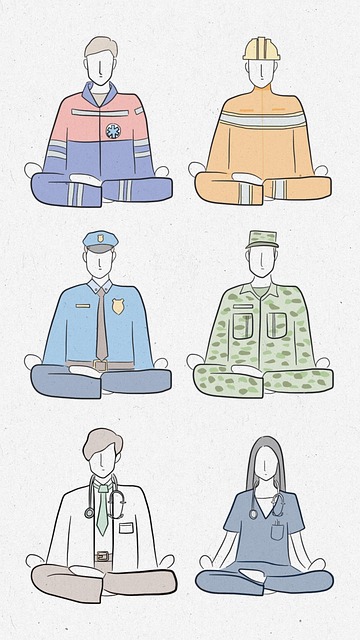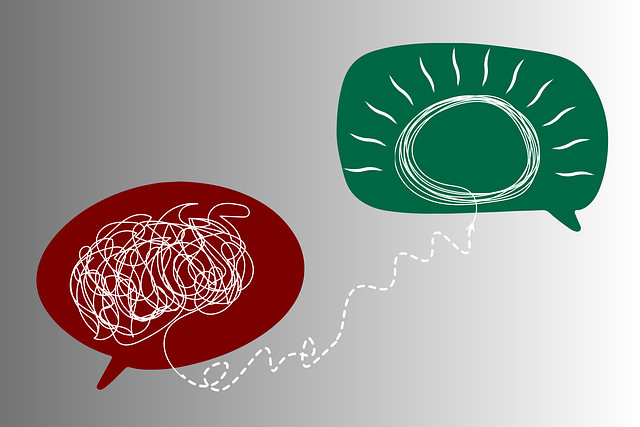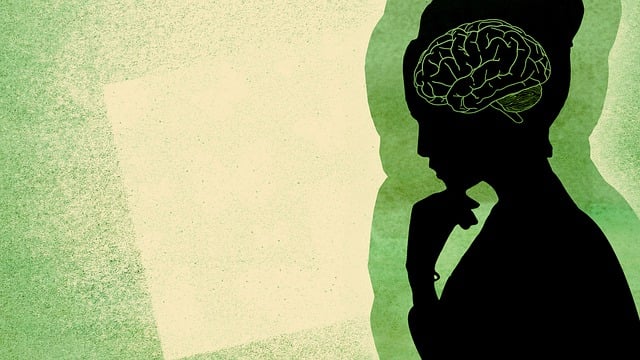Media portrayal of mental health, especially phobias, significantly shapes public perception, particularly among young adults. Accurate, sensitive depictions in media can reduce stigma, encourage empathy, and promote help-seeking behaviors by providing positive examples of therapy for young adults with phobias. Inaccurate or exaggerated representations perpetuate stereotypes, hindering access to support systems. To counter this, advocates push for diverse, nuanced portrayals of mental health struggles, challenging outdated stereotypes through education and training for healthcare providers in cultural competency and empathy-building strategies. By normalizing help-seeking and integrating self-esteem improvement into narratives, media can foster understanding and reduce stigma, enabling young adults to access evidence-based therapy like Cognitive Behavioral Therapy (CBT) and trauma support services for phobias.
In today’s media landscape, the portrayal of mental illness can significantly shape public perception and understanding. This article delves into the profound impact of media representations on mental health, with a specific focus on phobias among young adults. We explore the current state of misinformation and its detrimental effects. Subsequently, we present effective strategies to advocate for accurate mental health representation in media. Furthermore, we offer comprehensive therapy options tailored for young adults struggling with phobias, emphasizing the importance of accessible and positive mental healthcare resources.
- Understanding the Impact of Media Portrayals on Mental Health Perception
- The Current State: How Media Often Misrepresents Phobias and Young Adult Mental Health
- Effective Strategies for Positive Change: A Call for Accurate Representation
- Therapy Options for Overcoming Phobias in Young Adults: A Comprehensive Approach
Understanding the Impact of Media Portrayals on Mental Health Perception

The media plays a significant role in shaping public perceptions about mental health, particularly among young adults who are still developing their understanding of themselves and the world around them. Portrayals of individuals with mental illnesses in movies, television shows, and news media can either perpetuate harmful stereotypes or offer valuable insights into the experiences of those seeking therapy for phobias and other conditions. When media depicts mental illness accurately and sensitively, it can reduce stigma, encourage empathy, and prompt viewers to seek help when needed. Conversely, inaccurate or exaggerated portrayals can exacerbate existing misconceptions, leading to further marginalization of individuals facing these challenges.
Understanding the impact of media representations is crucial in guiding crisis intervention efforts and trauma support services. By recognizing how media influences public opinion, mental health advocacy groups and community outreach program implementations can develop strategies to counter negative stereotypes. Promoting balanced and informed narratives about mental illness can foster a more supportive environment for young adults struggling with their psychological well-being, encouraging them to seek appropriate therapy without fear of judgment or misunderstanding.
The Current State: How Media Often Misrepresents Phobias and Young Adult Mental Health

In today’s digital era, media plays a significant role in shaping societal perceptions about mental health, especially among young adults. The current state of representation often falls short when addressing phobias and other mental health challenges. Television shows, movies, and social media platforms frequently perpetuate stereotypes and clichés, contributing to the stigmatization of these conditions. Many times, phobias are depicted as mere plot devices or portrayed with an excessive focus on drama rather than accuracy, failing to reflect the complexities and nuances of real-life experiences.
This misrepresentation is particularly concerning when it comes to young adult audiences who might be vulnerable to developing similar issues. Without accurate portrayals, media can hinder the development of mental health awareness and empathy among viewers. For instance, a lack of understanding about specific phobias could deter individuals from seeking therapy for young adults or discourage friends and family from offering much-needed support. Addressing these challenges requires not just more representation but also accurate, sensitive, and diverse portrayals that reflect the experiences of those living with phobias and other mental health conditions. Moreover, healthcare provider cultural competency training and empathy building strategies can empower media creators to produce content that fosters understanding and reduces stigma.
Effective Strategies for Positive Change: A Call for Accurate Representation

Mental illness representation in media plays a pivotal role in shaping public perception and access to support for affected individuals, especially young adults grappling with phobias and other conditions. To foster positive change, it’s crucial to advocate for accurate, nuanced portrayals that reflect the realities of mental health struggles. This includes promoting therapy for young adults with phobias as a viable solution, rather than relying on outdated or stigmatizing stereotypes.
By encouraging positive thinking and social skills training, media can contribute to an environment where seeking help is normalized. Moreover, focusing on self-esteem improvement as an integral part of treatment can help dispel myths and reduce the stigma associated with mental illness. This collective effort towards accurate representation is a critical step towards ensuring individuals facing challenges like phobias receive the understanding and support they need to heal and thrive.
Therapy Options for Overcoming Phobias in Young Adults: A Comprehensive Approach

Overcoming phobias is a significant step towards improving mental well-being, especially for young adults who are navigating their fears and anxiety. Therapy plays a pivotal role in addressing specific phobias through various evidence-based approaches tailored to individual needs. Cognitive Behavioral Therapy (CBT) has proven highly effective, focusing on identifying and modifying negative thought patterns associated with the fear object. By gradually exposing individuals to their phobia in a safe environment, therapists help them challenge and replace anxious responses with healthier coping mechanisms.
A comprehensive therapy program for young adults with phobias might also incorporate techniques like mindfulness training, relaxation exercises, and support groups. These additional tools empower individuals to manage anxiety symptoms, enhance self-awareness, and develop effective conflict resolution strategies. Moreover, trauma support services can be invaluable in addressing any underlying traumatic experiences that may have contributed to the development of specific phobias, fostering a holistic approach to depression prevention and overall mental health improvement.
Media representation plays a pivotal role in shaping societal perceptions of mental health, particularly among young adults. By challenging current misrepresentations and advocating for accurate portrayal, we can foster a more compassionate understanding of mental illness. Implementing effective strategies, such as promoting diverse narratives and encouraging media literacy, is essential to drive positive change. Accessing tailored therapy options, like those focusing on phobias in young adults, offers comprehensive support and enhances recovery journeys. Together, these efforts can contribute to a more inclusive and supportive environment for individuals navigating mental health challenges.



